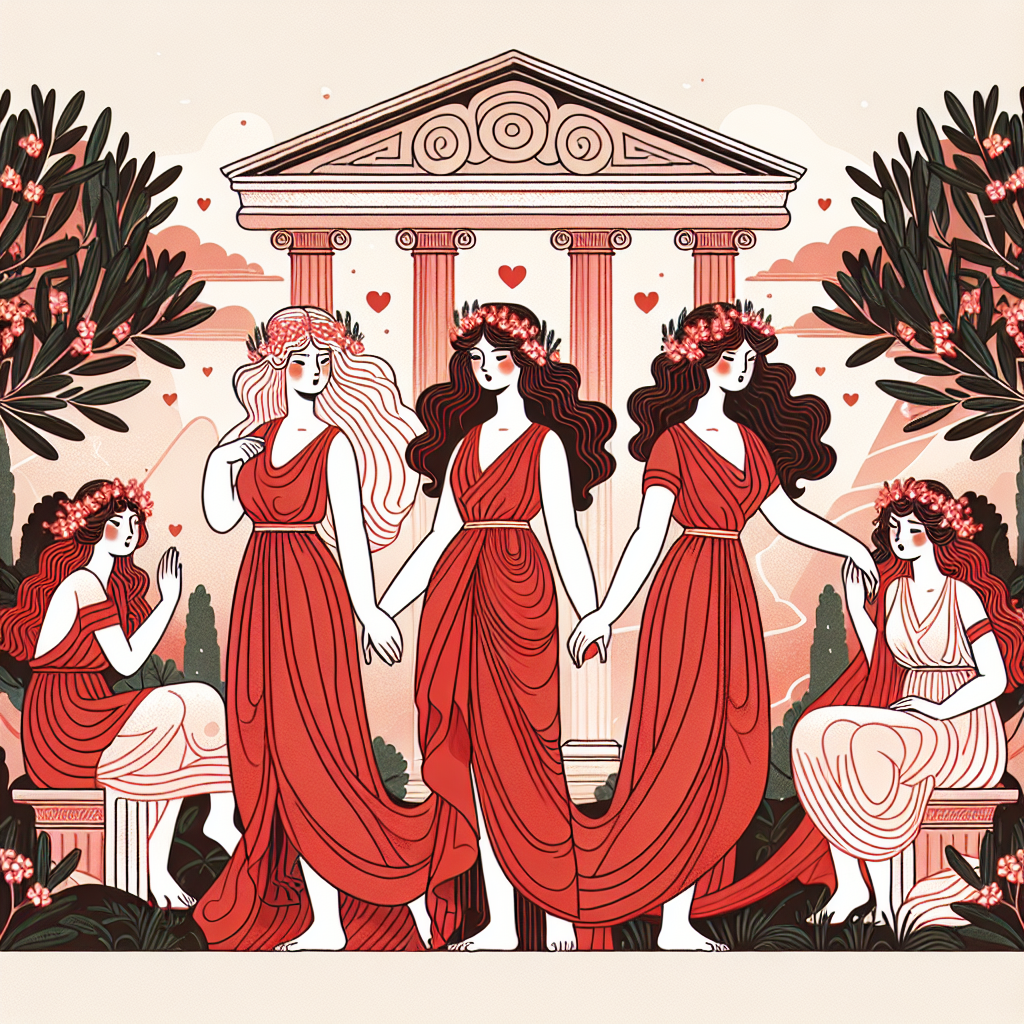In various cultural contexts, the color red has been a symbol of passion, love, and desire. The image of girls or women in red dresses often evokes strong emotional responses, making it a recurring motif in art, literature, and popular culture. This article delves into the mythology surrounding the figure of girls in red dresses, illustrating how this imagery represents deeper themes of femininity, seduction, and empowerment.
The color red historically represents ardent feelings—love, anger, or power. When associated with a dress, it creates a powerful visual statement. Many artists and writers have probed this symbolism, capturing the essence of femininity and its inherent allure. Images of girls or women in red have long prevailed in folk tales and fairy tales, standing out as symbols of temptation and mystique.
In ancient mythology, various goddesses adorned themselves in red attire. Aphrodite, the goddess of love and beauty, is often depicted clothed in vibrant reds, enhancing her allure and powerful presence. Similarly, Lilith—an archetype of female independence—has been portrayed in red to signify her passionate nature and resistance against patriarchal norms. These mythological roots create a foundation for contemporary interpretations of women in red, cementing the color’s association with feminine potency.
In literature, the motif of the girl in a red dress has been integral. In “Little Red Riding Hood,” the crimson cloak symbolizes both innocence and danger. The colors reflect the transition from a naive girl to a more complex individual facing darkness, portraying the duality of femininity—sweet yet strong. Similarly, in “The Woman in the Window” by A.J. Finn, the red dress serves as a metaphor for passion and chaos, mirroring the protagonist’s internal struggle. Thus, literature reinforces the potency of the red dress as a means of expressing multifaceted emotions associated with love and desire.
Fashion plays a significant role in the allure of the red dress. Designers harness the emotional aspects of the color, creating alluring garments that command attention. Iconic red dresses, such as Christian Dior’s “New Look,” not only revolutionized women’s fashion but also served to empower women by epitomizing freedom and confidence. Actress Marilyn Monroe famously wore a striking red dress in “The Seven Year Itch,” making the outfit synonymous with sensuality and desire. These cultural touchpoints have cemented the red dress as a timeless symbol of femininity.
Moreover, the social and psychological implications surrounding the girl in a red dress extend into modern platforms, such as social media. Influencers often don red attire to evoke romance and dynamic energy, captivating their audiences. The strategic use of red increases engagement and shares—illustratively showing how powerful color can influence interpersonal relationships and perceptions.
The girl in a red dress can also be analyzed through a feminist lens, challenging traditional norms while harnessing the inherent power of femininity. Women wearing red have become icons of empowerment, reclaiming the color often associated with seduction. They redefine their narratives, transforming perceptions of their sexuality and agency. This revolution is evident in movements where women don red outfits to express solidarity and determination, shifting the symbolism from mere allure to resilience.
Through the lens of psychology, the color red enhances attraction and elevates intensity. Research indicates that people perceive women in red as more attractive compared to those in other colors. This psychological principle has roots in evolutionary biology, where red signifies fertility and reproductive readiness. Consequently, the girl in a red dress encapsulates the intersection of biology, aesthetics, and social constructs, illustrating how deeply ingrained perceptions affect interactions.
In conclusion, the mythology of girls in red dresses merges history, literature, fashion, social influence, and psychology. Whether representing seduction, danger, or empowerment, the imagery conjures a potent blend of emotions. Through countless interpretations, the girl in a red dress serves as a multifaceted icon—evoking fascination and inspiring conversations surrounding femininity, love, and passion. This enduring symbol invites further exploration into the power of color and its capacity to evoke profound emotional connections in society.



